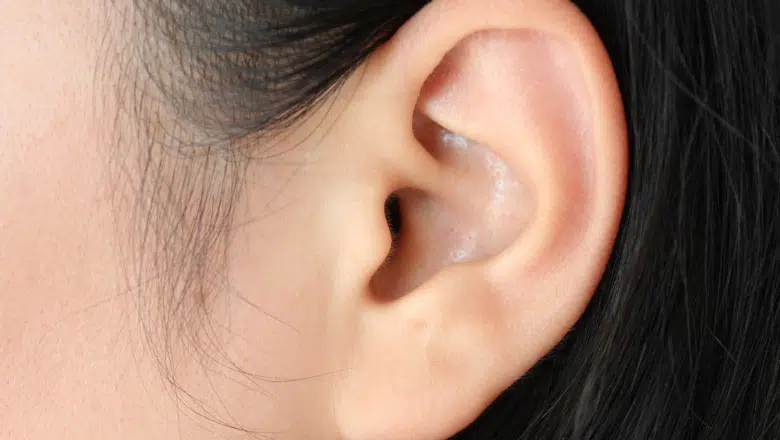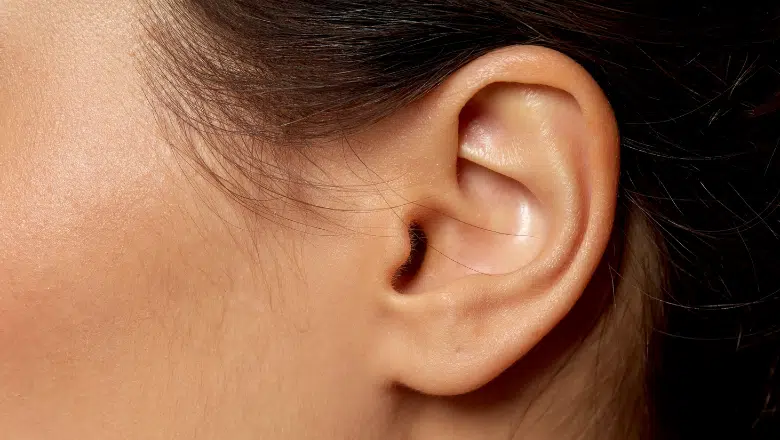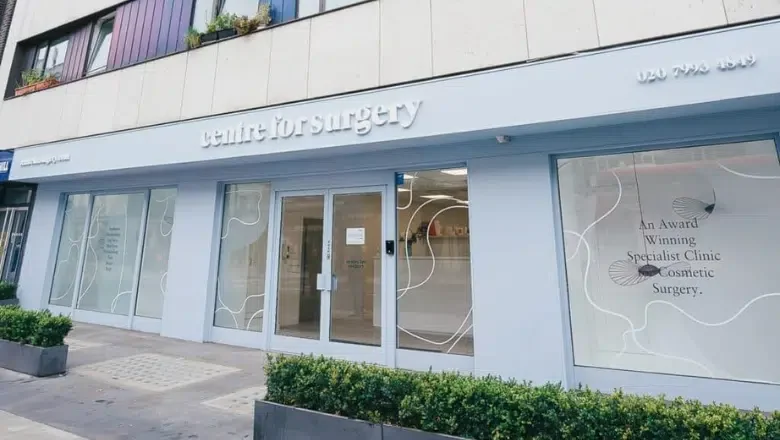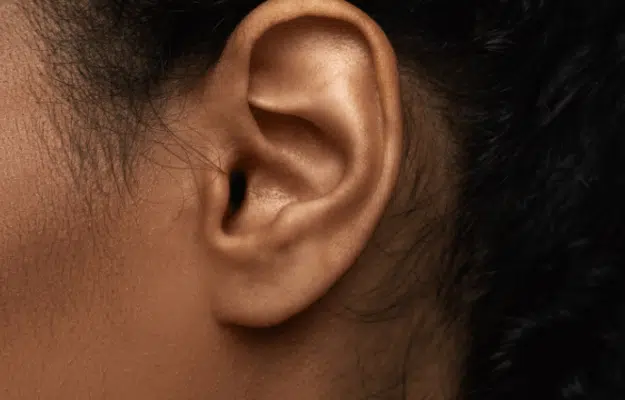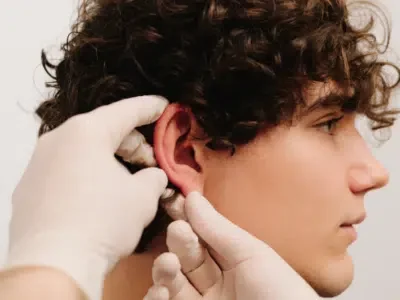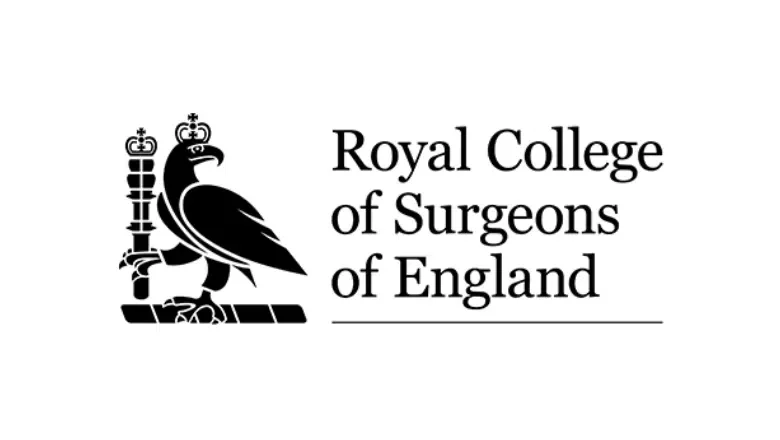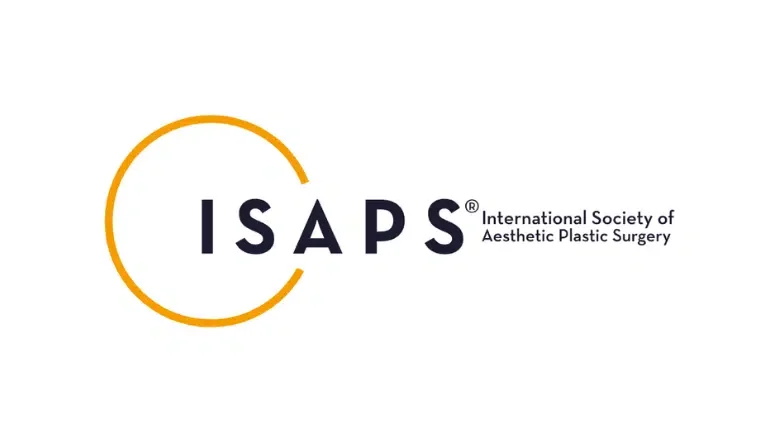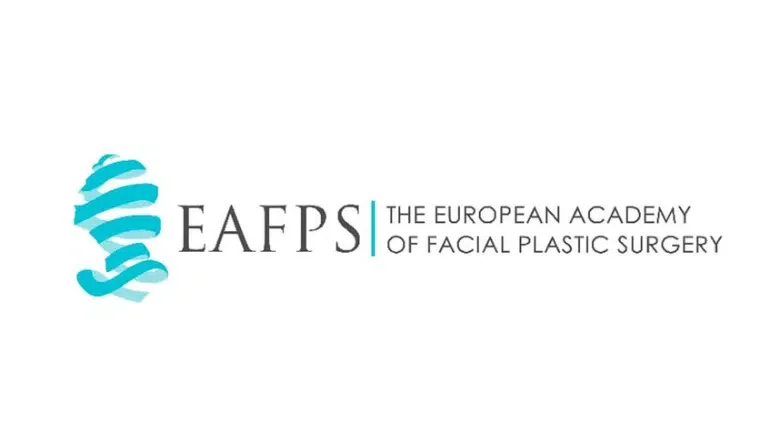Understanding Otoplasty Scars and Their Care
Cosmetic surgery has become increasingly popular in the UK as people seek ways to enhance their appearance and boost their confidence. One such procedure, otoplasty, is often chosen to address issues related to the shape, size, or position of the ears. While otoplasty can have life-changing effects for many, concerns about scarring are a natural part of the decision-making process. This comprehensive blog will walk you through everything you need to know about otoplasty scars, how to minimise their appearance, and what to expect during recovery.
What is Otoplasty and Why Do People Choose It?
Otoplasty, commonly referred to as ear surgery or ear pinning, is a surgical procedure designed to reshape or reposition the ears. It is often sought by individuals who feel self-conscious about the appearance of their ears. Whether addressing protruding ears, correcting asymmetry, or repairing damage caused by trauma, otoplasty can dramatically improve self-esteem and quality of life.
RELATED: Can Otoplasty Reduce the Size of Large Ears?
The procedure involves altering the ear’s cartilage to create a more proportionate and aesthetically pleasing shape. While the results can be transformative, it is essential to understand the implications of surgery, including the potential for scars.
Do Scars Always Form After Otoplasty?
Scarring is a natural part of the healing process following any surgery. During otoplasty, incisions are made to access and reshape the cartilage. These incisions inevitably lead to some degree of scarring as the body repairs itself. However, the extent and visibility of scars vary greatly depending on the technique used, the skill of the surgeon, and individual factors like genetics and skin type.
In most cases, otoplasty scars are well-hidden. Surgeons typically make incisions behind the ear, where the natural folds of the skin conceal them. Over time, these scars often fade to the point where they are barely noticeable, especially with proper aftercare.
What Influences the Appearance of Otoplasty Scars?
Several factors influence how visible scars are after otoplasty. Understanding these factors can help set realistic expectations and guide you in taking steps to minimise scarring.
Surgical Technique
Modern surgical techniques aim to minimise visible scarring. Skilled surgeons use precise, small incisions placed strategically to ensure scars are hidden within the natural contours of the ear. Discussing your surgeon’s approach during your consultation can provide clarity on what to expect.
Skin Type and Healing
Your skin’s natural ability to heal plays a significant role in scar formation. Individuals with darker or lighter skin tones may notice a more pronounced difference in pigmentation initially, but this usually evens out over time. Conditions like keloids, where scar tissue overgrows, may also affect the appearance of scars.
Aftercare Practices
Proper care during recovery is critical to reducing the risk of prominent scars. Following your surgeon’s instructions regarding cleaning, avoiding strain on the ears, and applying any prescribed creams or ointments can support optimal healing.
What Does Recovery Look Like After Otoplasty?
The recovery process after otoplasty is generally straightforward but requires patience and diligence. Immediately after surgery, you can expect some swelling and bruising around the ears, which is completely normal. Your surgeon will likely place a protective dressing over the ears to support healing and maintain the new shape.
For the first few weeks, you may be advised to wear a headband or bandage, especially while sleeping, to prevent accidental strain or pressure on the ears. This can also help protect the incision sites and reduce the risk of scar irritation.
RELATED: How Long Should You Wear a Headband After Otoplasty?
Scars are typically most visible in the early stages of healing, often appearing red or slightly raised. As the weeks progress, they begin to fade, flatten, and blend in with the surrounding skin. Most otoplasty scars are barely noticeable by six months to a year, though this varies from person to person.
Tips to Minimise Scarring After Otoplasty
While some scarring is inevitable, there are steps you can take to encourage optimal healing and minimise their appearance. First and foremost, follow your surgeon’s post-operative care instructions to the letter. Avoid touching or picking at the incision sites, as this can disrupt the healing process and increase the risk of infection.
Staying hydrated, eating a balanced diet, and avoiding smoking can also support your body’s natural healing abilities. Protecting the ears from direct sunlight is another critical step. UV exposure can darken scars and make them more noticeable, so wearing a wide-brimmed hat or using sunscreen once the incisions have healed is essential.
Massaging the scars with a gentle moisturiser or silicone gel can also help soften the tissue and improve its appearance over time. Always consult your plastic surgeon before applying any products to ensure they are safe for your specific case.
How Long Do Otoplasty Scars Take to Fade?
Scarring is a gradual process, and patience is key. In the weeks immediately following surgery, scars will be more prominent as the skin undergoes the initial stages of healing. Over the next few months, you’ll notice changes in their appearance as they fade and flatten. By the one-year mark, many people find their scars have blended in so well that they’re difficult to spot.
It’s important to remember that everyone heals at their own pace. Factors like age, overall health, and the quality of your post-operative care can all influence how quickly scars fade. If you’re concerned about your scars at any stage, don’t hesitate to reach out to your surgeon for advice.
Are There Treatments for More Prominent Scars?
In rare cases, scars may remain more noticeable due to individual healing patterns or complications during recovery. If you’re unhappy with the appearance of your scars, there are treatments available to help improve their look.
Non-invasive options include laser therapy, which can reduce redness and even out skin tone, or steroid injections for raised scars. Microneedling and dermabrasion are also popular methods for smoothing scar tissue. In more severe cases, a minor revision surgery may be recommended to correct the scar’s appearance.
Frequently Asked Questions (FAQs)
1. Will everyone see my otoplasty scars?
No, otoplasty scars are usually hidden behind the ears, making them difficult for others to see. Over time, they typically fade and become even less noticeable.
2. How can I ensure my scars heal well?
Follow your surgeon’s instructions carefully, avoid sun exposure, and keep the area clean. Staying healthy and hydrated also promotes better healing.
3. Can I use makeup to cover my scars?
Yes, once your surgeon confirms it’s safe to do so, makeup can be used to conceal scars temporarily. Ensure the makeup is hypoallergenic and suitable for sensitive skin.
4. Is it possible to remove scars completely?
While scars can’t be removed entirely, treatments like laser therapy or silicone gels can significantly reduce their appearance.
5. Are otoplasty scars painful?
Scars themselves are not usually painful once healed. Some mild discomfort around the incision sites is normal during the early stages of recovery but typically subsides quickly.
6. Can children undergo otoplasty without visible scars?
Yes, children often heal more quickly and with less visible scarring than adults. Surgeons also take extra care to minimise scarring in younger patients.
RELATED: Otoplasty FAQs – Q&A About Ear Reshaping Surgery
Why Choose Centre for Surgery for Otoplasty Surgery?
At Centre for Surgery, we pride ourselves on being a leading provider of otoplasty surgery in London. Our commitment to excellence, patient care, and natural-looking results sets us apart from others. Led by a team of world-class surgeons, we offer unparalleled expertise in ear reshaping procedures, ensuring every patient feels confident and comfortable throughout their journey.
What Our Patients Say:
- “From the first consultation to my final check-up, the team at Centre for Surgery made me feel completely at ease. My otoplasty results are life-changing, and the care I received was outstanding!” – Sarah T.
- “Dr Jabir and his team were incredible. They explained every step of the process, and my ears now look so natural. I couldn’t be happier!” – James P.
- “The clinic is immaculate, the staff are kind, and the results exceeded my expectations. Highly recommend Centre for Surgery for otoplasty.” – Emily R.
Our Baker Street clinic offers a state-of-the-art facility equipped with the latest technology to ensure safe and precise surgical outcomes. Located in the heart of London, our clinic is easily accessible for both local and international patients.
At Centre for Surgery, we understand the importance of making surgery accessible. That’s why we offer flexible finance options, including 0% APR with Chrysalis Finance, to help you achieve your desired results without financial stress.
To learn more about us, visit our About Us page. Meet our dedicated team on our Team Member page.
For additional information, explore our Plastic Surgery Blog or find answers to your questions on our Clinic FAQs page.
Ready to transform your appearance with otoplasty? Book your consultation today by calling us on 0207 993 4849, emailing contact@centreforsurgery.com, or visiting our Baker Street Clinic. Let Centre for Surgery help you achieve the confidence you deserve.
